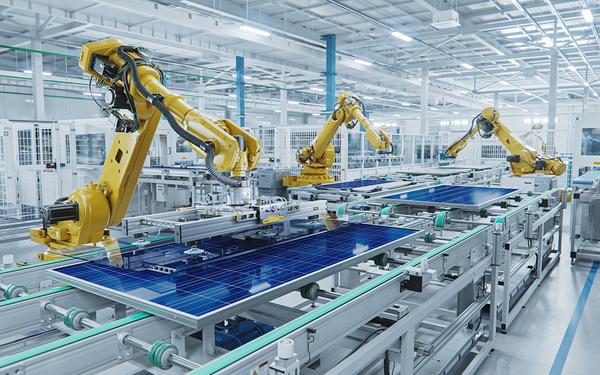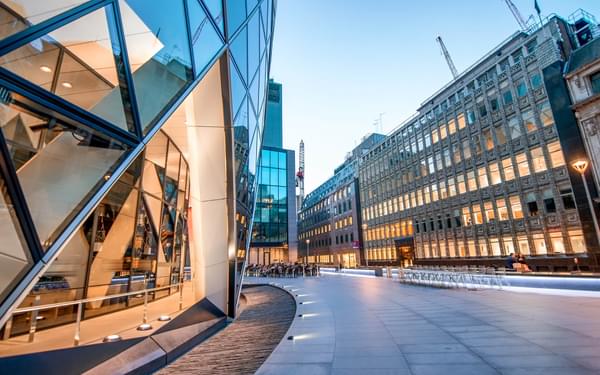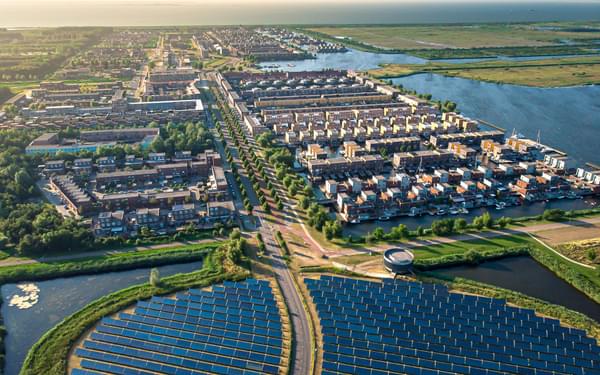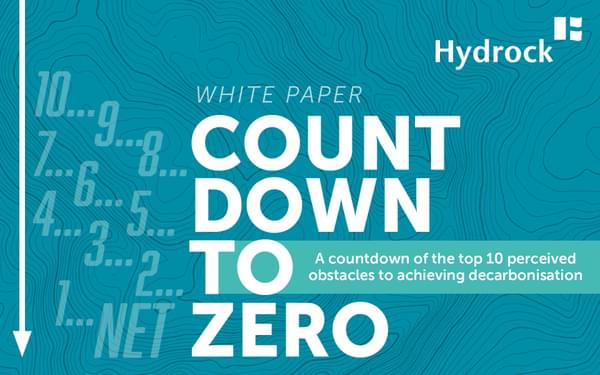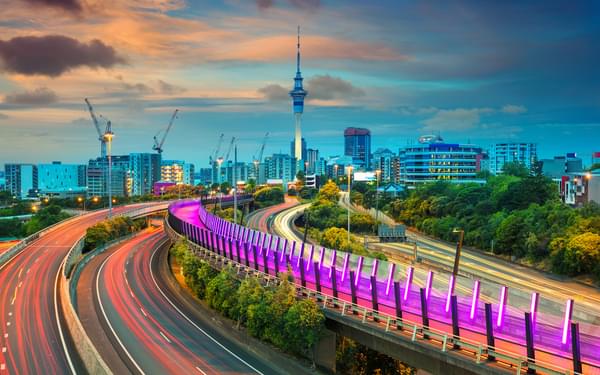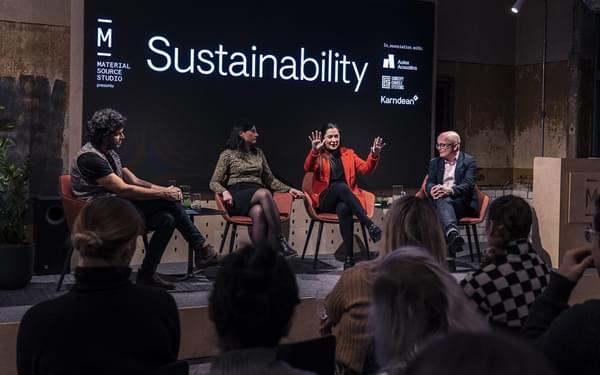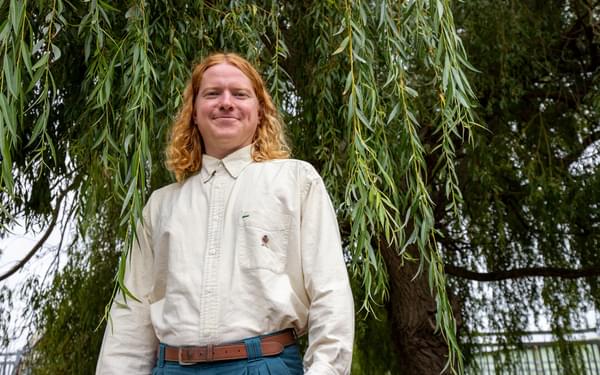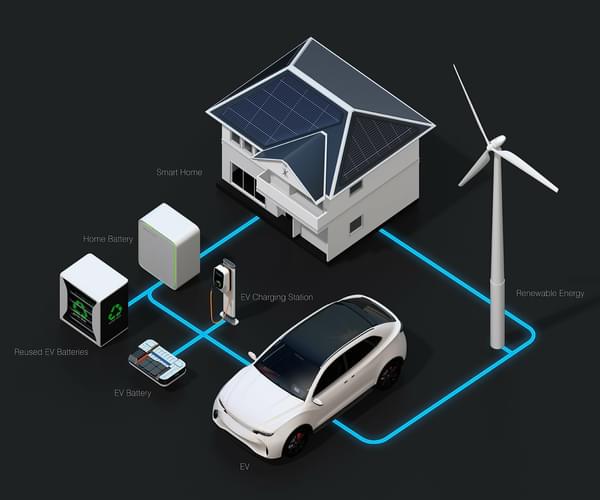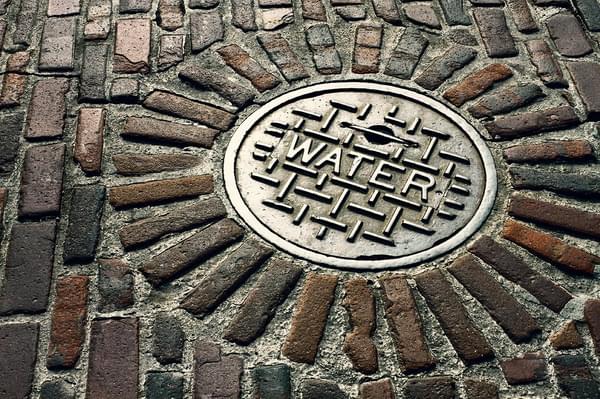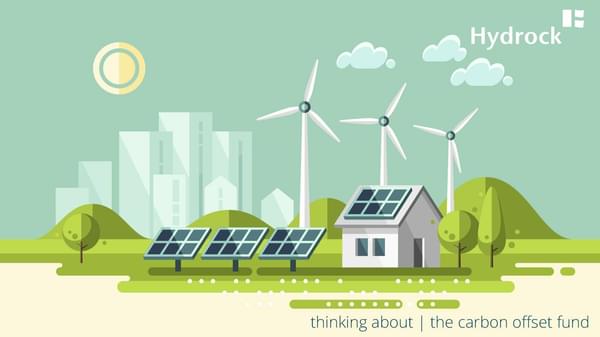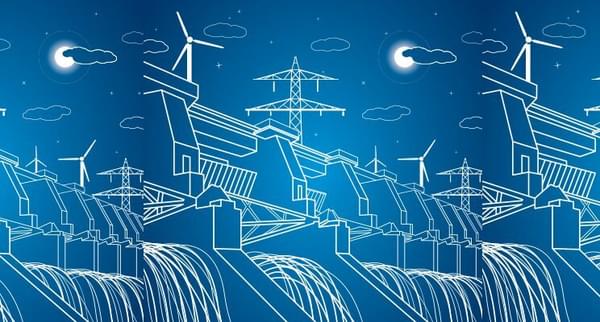
The potential of ‘small nuclear’ has been a hot discussion point within the industry for years. Now, a consortium of companies, led by Rolls Royce, are driving development within the UK through their small modular reactor (SMR) programme. This programme has recently gained millions in matched funding to assist in the early stages of development. This investment towards low carbon energy systems represents a positive, albeit small, step forwards for the UK, as pressure grows to achieve legally binding net-zero greenhouse gas emissions by 2050. But how can SMRs help?
Firstly, what is a small modular reactor? Let’s break it down:
Small: These reactors typically have a capacity ranging from around 1- 30% of that of conventional large nuclear plants. Think ‘economy of multiples’ over ‘economy of scale’.
Modular: The components are remotely fabricated and then assembled on site, creating a simplified and streamlined construction process that is easy to standardise and repeat.
Reactor: In the UK, the term SMR is limited to smaller versions of the light water reactors used commonly around the world for the past 65 years. Advanced Modular Reactors (AMR) are the more exotic cousin, utilising more innovative cooling systems to harness proposed benefits.
SMRs have been of global interest for many years, with several projects currently in development or under construction worldwide. Countries like China, Russia, USA and Canada are leading the way, developing SMR technologies and attracting investment from both the public and private sectors. The UK consortium claim that their SMR programme could add £100bn to the UK economy and open up a global export market with a possible value of over £250bn.
So, what is all the fuss about?
SMRs offer the long-term possibility of reducing the cost of new nuclear and lowering the investment risk, perhaps the biggest obstacle facing the industry at present. This would be facilitated by reduced construction times and savings harnessed through project repeatability. They also offer increased nuclear safety, with many SMR and AMR designs incorporating passive safety systems that prevent the possibility of core melt scenarios.
Perhaps the most interesting and salient benefit of SMRs, however, could lie in their suitability to integrate into a future energy network. They offer the ability to complement an increasing supply from variable Renewable Energy Sources (vRES) and rising system demand from electrification.
Currently, fossil fuel sources are overwhelmingly required to stabilise traditional grid systems during down periods in supply from vRES, or during surges in demand. Battery storage is an attractive low carbon stabilisation alternative and could work well for smaller decentralised systems.
Depending on the scale and arrangement, a network of SMRs or AMRs could effectively cater for sudden or extended periods of variable grid demand or supply. This stabilisation could be achieved by taking modules offline or online or by diverting process heat for a variety of alternative uses. As an example, diverted process heat could be used to produce hydrogen via steam-methane reforming. This hydrogen could then be used as an effective storage capability for alternative de-carbonised applications.
SMRs and AMRs offer an appealing flexibility and could be designed to be used directly as combined heat and power (CHP) systems. Electricity generation represents just a portion of the UK’s primary energy consumption, so CHP systems can help in addressing the bigger picture of decarbonisation. These small reactors also inherently lend themselves to decentralised use in remote and specific locations closer to the point of demand, offering a source of clean off-grid electricity and heat.
In Finland, where district heating networks provide over 60% of all heat, a study by the VTT Technical Research Center found that a system of SMRs providing 300MW of heat in a CHP function, could feasibly replace fossil fuels to provide district heating to the >1.4 million population of metropolitan Helsinki.
As it currently stands in the UK, SMRs and AMRs remain an attractive remain attractive as an option but with unproven potential. Optimistic forecasts point towards a decade or more before techno-economic viability can be reached. However, we are at a critical juncture where any investment in the promotion, research and development of clean energy technologies is key, whether public or private. Ultimately, a tangible roadmap towards a clean energy future will likely require a symbiotic relationship between many different existing and emerging technologies.
I believe that ‘small nuclear’ technology could be part of this and play a key role, not just for the UK in reaching our 2050 targets, but for the wider world in its bid to decarbonise in the interests of future generations.
SMR graphic image: Rolls Royce


